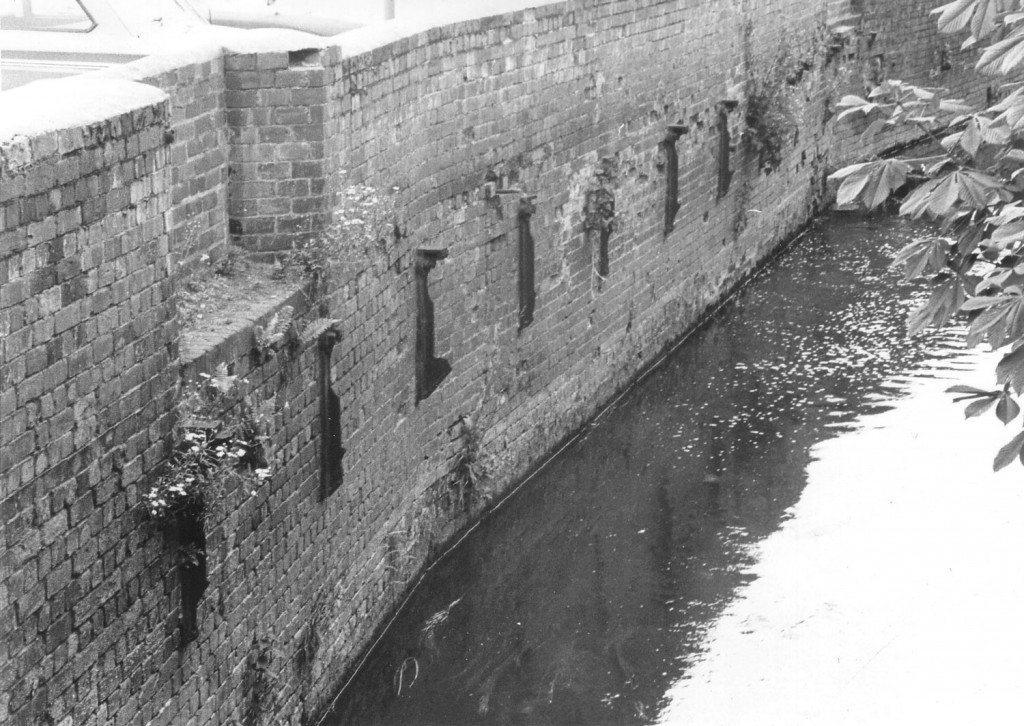Washing and Winding
Image: River Stour, Kidderminster. Remains of brackets for a platform which was used by dyehousemen to wash wool looking towards Green Street, Kidderminster.
Image from: Bewdley Museum (photograph by F Johnson, 1979)
Weavers were completely responsible for the whole weaving process from bobbin to completed carpet, with the help of their half-weaver apprentices and draw-boys or girls. The completed carpet was always delivered to the factory counting house on set days of the week, known as Fall Days, which were usually Thursdays and Saturdays. The weavers, who were paid by the yard, were always males who had served their apprenticeships and often fiercely independent. In turn they were responsible for paying the workers under them and their own fuel and lighting. Although the factory owners usually owned the actual looms, it seems that the weavers did not have to pay any rental for these.
« Previous in this sectionNext in this section »Continue browsing this section
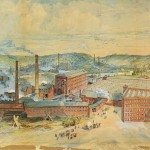 Made in Kidderminster: the History of the Carpet Industry
Made in Kidderminster: the History of the Carpet Industry
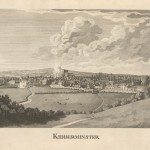 The Origins of Carpet Making in Kidderminster
The Origins of Carpet Making in Kidderminster
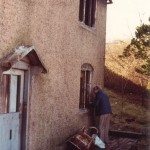 The Origins of Carpet Making in Kidderminster
The Origins of Carpet Making in Kidderminster
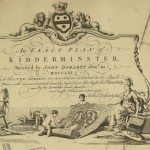 The Origins of Carpet Making in Kidderminster
The Origins of Carpet Making in Kidderminster
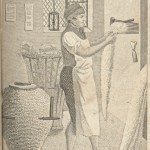 Handloom Weaving
Handloom Weaving
 The Factory System
The Factory System
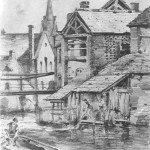 Washing and Winding
Washing and Winding
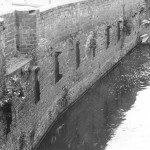 Washing and Winding
Washing and Winding
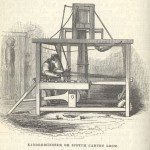 Technological Changes: the Scotch Loom
Technological Changes: the Scotch Loom
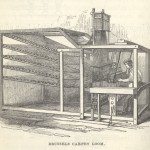 Technological Changes: the Brussels Loom
Technological Changes: the Brussels Loom
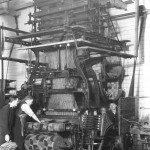 Technological Changes: the Jacquard Loom
Technological Changes: the Jacquard Loom
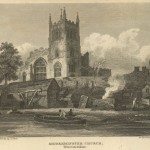 The Kidderminster Carpet Industry and the Wider World
The Kidderminster Carpet Industry and the Wider World
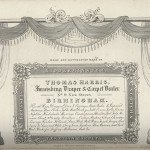 The Kidderminster Carpet Industry and the Wider World
The Kidderminster Carpet Industry and the Wider World
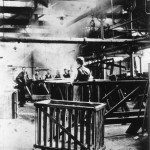 Working Conditions in Kidderminster Carpet Factories
Working Conditions in Kidderminster Carpet Factories
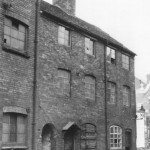 The Great Strike of 1828
The Great Strike of 1828
 The Aftermath of the Great Strike of 1828
The Aftermath of the Great Strike of 1828
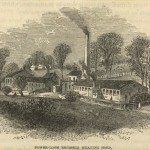 Kidderminster in the mid 19th Century
Kidderminster in the mid 19th Century
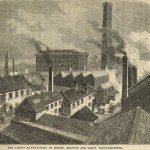 Kidderminster: the Factory Town
Kidderminster: the Factory Town



